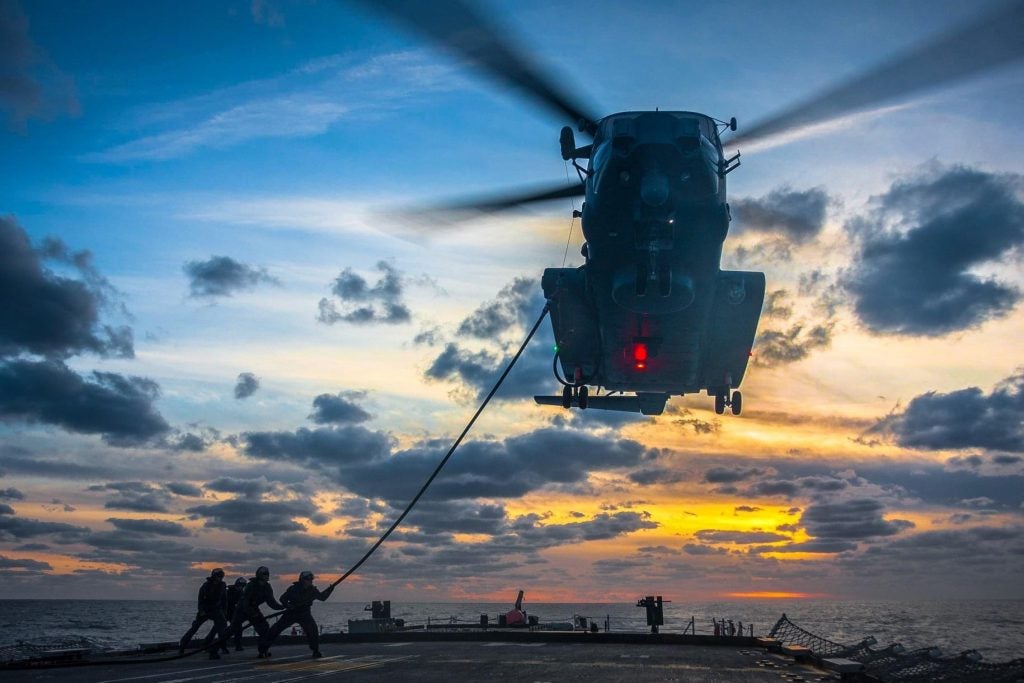Tail Section Cracks Ground Majority Of Canada’s Cyclone Helicopters
19 of the Royal Canadian Air Force’s 23 Sikorsky CH-148 Cyclone helicopters have been grounded, following the discovery of cracks in the multirole helicopters’ tail sections.
According to the Royal Canadian Air Force, the discovery was made during a fleet-wide Special Inspection, following the discovery of cracks in the tail section of a Cyclone during a routine inspection. In a statement, the RCAF said:
“This issue is of concern for the RCAF, but speaks to the vital importance of our Airworthiness Program that allowed us to identify this problem during a routine inspection. Working closely with the manufacturer, repairs are ongoing. Updates to follow.”
CBC News had reported on Sunday that tail section cracks were first discovered on a Cyclone at 12 Wing Shearwater in Dartmouth, Nova Scotia. In response to further inquiries by CBC News, the Canadian Department of National Defence said that two other Cyclones are currently out of service due to other matters, leaving the entirety of the RCAF with just two operational Cyclones.
According to CBC News, the grounding of the Cyclones also prevented some of the helicopters from participating in Canadian Forces efforts to provide relief after mass flooding in British Columbia. As a result, older helicopters, fixed-wing aircraft and civilian aircraft had to be used for those efforts.
Michael Byers, a professor and defence policy analyst at the University of British Columbia in Vancouver said to CBC News that the cracks raised “very serious concerns” about the quality and safety of the helicopters, given that the oldest Cyclones are only five years old. He said that the grounding of the Cyclones was a good sign, and called upon the Canadian Forces to be transparent about how it is solving the issue.
The Department of National Defence has said that it hopes to have some Cyclones airworthy again within the next few days, with a spokesperson saying in a statement to CBC News that “12 Wing Shearwater, which encompasses the entire fleet, is prioritizing the order of repair to maximize return to serviceability for each aircraft”.

